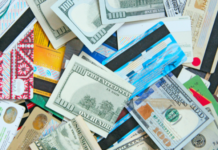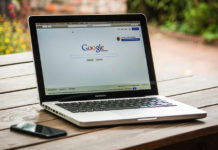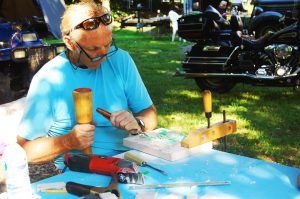
From August 2 to August 5, Butch “Superfrog” Anton and his wife Sandy hosted their third Letterhead Geezer Gathering at their home in Lake Park, Minnesota. Along with educational seminars, attendees had the opportunity to enjoy the pleasant weather in the scenic Detroit Lakes vacationland of Northwest Minnesota.
The 2018 Geezer Gathering featured seminars on carving, glass gilding, and lettering and pinstriping.
Barbara Schilling from Anoka, Minnesota conducted the glass gilding class. Her demonstration included producing a two-tone gilded glass panel.
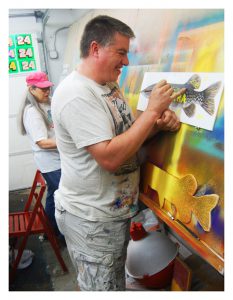
In her class, Schilling described her gilder’s checklist and cheat sheet that she uses. “Most sign makers don’t do glass gilding regularly,” she said. “There are very specific steps that you must follow to perform a job correctly. “So that I don’t forget any of these critical steps, I have developed a cheat sheet for myself outlining the procedure.”
Schilling also explained, “Before setting out on a new job, make sure that you have all the tools and materials that you need. If you forgot something back at the shop after arriving at the site, you are usually out of luck.”
Schilling pointed out that much of the equipment and supplies needed for gold leaf work is very specialized. For example, you can’t run down to local 7-Eleven or Ace Hardware® and pick up a gilder’s tip or gold leaf size.
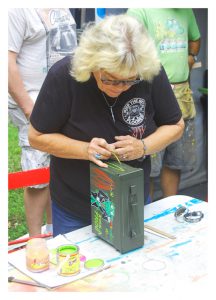
During her gold leaf seminar, in addition to displaying several finished panels for the attendees, Schilling described several different techniques that you can use to create a two-tone gild.
“One way to create a two-tone effect is to use two colors of gold leaf, such as combining 18-karat Lemon Gold with 23 karat gold leaf,” Shilling said. “And that’s not the only way to create a faux effect in glass gilding. You can also gild part of the job with water size to produce a mirror finish and gild other parts using an oil size to create a matte finish.”
Some of the other interesting effects that Schilling explained included gilding on chipped glass.
She described how you can also create an interesting texture mixing equal parts of Dammar Varnish, Quick Rubbing Varnish, and Res-n-gel. “After applying the mixture on glass, you can swirl it using the end of a lettering brush handle,” said Schilling. “After the scrolled texture hardens, you can gild over it, which creates an interesting effect.”
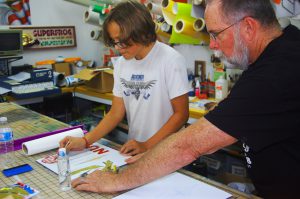
Host Butch Anton and Mark Ripley, owner of Ripley’s Ol Skool Pinstriping in Olathe, Kansas, devoted much of their time instructing the future sign painters in attendance on how to hand letter and pinstripe.
In addition to explaining painting techniques, the two “geezers” tutored others on job layout, tools of the trade, brush care, and color selection.
Anton emphasized the importance of practicing the fundamental skills and being able to learn from your mistakes. “Everyone makes mistakes,” he explained. “The key is to understand what caused a failure. That is what we call a ‘learning experience.’
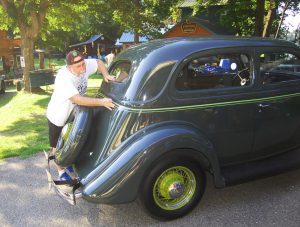
“You should never let a mistake discourage you from trying new products or new techniques. You should always be willing to discover what you can and cannot do with products.”
After conducting a training session on the basics of pinstriping, Mark Ripley began pinstriping a 1935 two-door Ford® sedan. “Pinstriping on panels is good practice,” Ripley said. “The real test is when you actually pinstripe a car. That’s when the rubber hits the road.”
In pinstriping the Ford, Ripley used Du Pont Hot Hues urethane paint. As part of his demonstration, he explained how to properly prep a vehicle surface and layout the job.
He also showed the procedure he uses to mix and match a color. In this particular case, Mark had to match the green, which was painted on the wheel hubs—not an easy task.
“Working with urethanes is a lot different than working with lettering enamels because the chemistries of the two paints are completely different,” says Ripley. “With urethanes, you always need a hardener. The advantage is that finished product is much more durable than lettering enamel.”
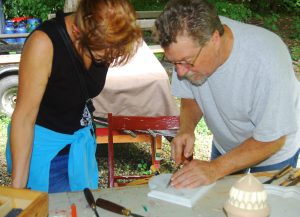
Maris Shilling and Anton also provided attendees with instruction on carving both incised and raised lettering in high-density urethane (HDU) panels. In teaching carving, they explained the tools needed, job layout, and priming and painting carved HDU. Coastal Enterprises, manufacturer of Precision Board™ HDU signboards, provided materials for the attendees of the gathering to use. “What I like about the Precision Board materials is that they have a complete system of products matched for compatibility,” said Anton.
The Precision Board product line includes an assortment of different densities of HDU along with adhesives, texturing materials, primers, and paints that are compatible with the signboard. “The people at Coastal Enterprises are also very responsive,” said Anton. “When you have questions, they get back to you right away with answers you can depend on.”
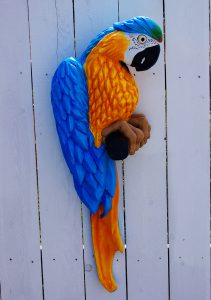
In addition to Precision Board, other vendors who helped sponsor the Geezer Gathering included Ronan Paint, Rapid Tac, and DuPont. These generous companies provided samples of their products for the attendees to use during this year’s event.
As the gathering was wrapping up, Anton captained his pontoon boat and treated attendees to a tour of Big Cormorant Lake, which adjoins his three-acre estate. The maritime excursion capped off what proved to be an enjoyable, informative three-day get together.
—Jim Hingst
This article also appears in the November 2018 issue of Sign Builder Illustrated magazine.


